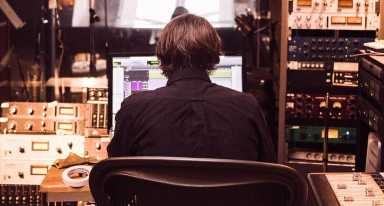Beneath its surface, the ‘Labeled:Anho9uz3aos= Microscope Diagram

The Labeled:Anho9uz3aos= Microscope Diagram provides a structured overview of a microscope’s essential components, illustrating their roles in enhancing observational capabilities. Understanding these parts—such as the objective lenses and illumination system—can significantly impact the quality of microscopic analysis. As we explore the intricacies of how each component contributes to effective observation, it becomes evident that there is much more to consider. What implications do these functions have for scientific research and education? The answers may reveal insights that challenge conventional perspectives.
Key Components of a Microscope
A microscope is composed of several key components, each serving a specific function that contributes to the magnification and resolution of specimens under observation.
Essential elements include the optical systems, which utilize various magnification techniques to enhance visibility.
These components work synergistically to produce clear images, facilitating detailed analysis and exploration of microscopic structures, thus empowering users in their quest for knowledge and understanding.
See also How does the Hairstyle:Gnem_H_Qti0= Wolfcut blend edgy layers with classic charm
Functions of Microscope Parts
Understanding the functions of microscope parts is essential for maximizing the utility and effectiveness of this critical scientific instrument.
The diverse lens types, such as objective and eyepiece lenses, facilitate varying levels of magnification, while illumination techniques, including transmitted and reflected light, enhance specimen visibility.
Together, these components enable precise observation, fostering deeper scientific inquiry and exploration within the microscopic realm.
Tips for Effective Observation
Effective observation under the microscope requires meticulous attention to detail, ensuring optimal alignment and focusing to enhance the clarity of the specimen being examined.
Employing refined observation techniques, such as adjusting light intensity and utilizing proper magnification, significantly improves the viewing experience.
Additionally, thorough specimen preparation, including appropriate staining and mounting, is crucial for revealing intricate details and facilitating accurate analysis.
See also Uncover the secrets behind the Haircut:Wntfvq4oc98= Fade
Conclusion
In summary, the labeled microscope diagram serves as a vital blueprint for navigating the intricate landscape of microscopic observation.
Understanding the key components and their respective functions allows for enhanced manipulation of the instrument, akin to a pilot skillfully navigating through the skies.
By adhering to effective observation techniques, users can unlock the hidden details of the microscopic world, paving the way for significant advancements in scientific exploration and discovery.




